Aug 21, 2023
Discovery Unlocks Terahertz Technology for Quantum Sensing
Posted by Paul Battista in categories: mobile phones, quantum physics
Metal oxide’s properties could enable a wide range of terahertz frequency photonics.
Visible light is a mere fraction of the electromagnetic spectrum, and the manipulation of light waves at frequencies beyond human vision has enabled such technologies as cell phones and CT scans.
Rice University researchers have a plan for leveraging a previously unused portion of the spectrum.

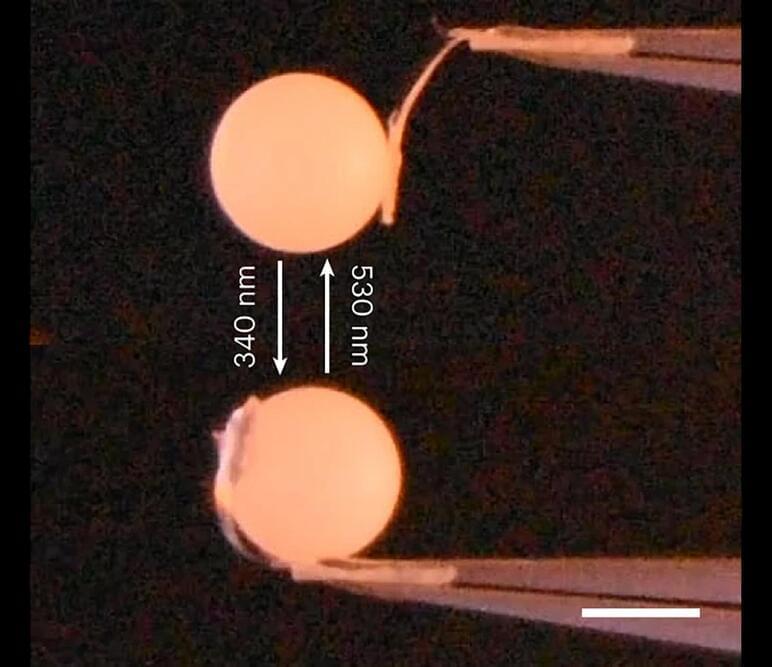

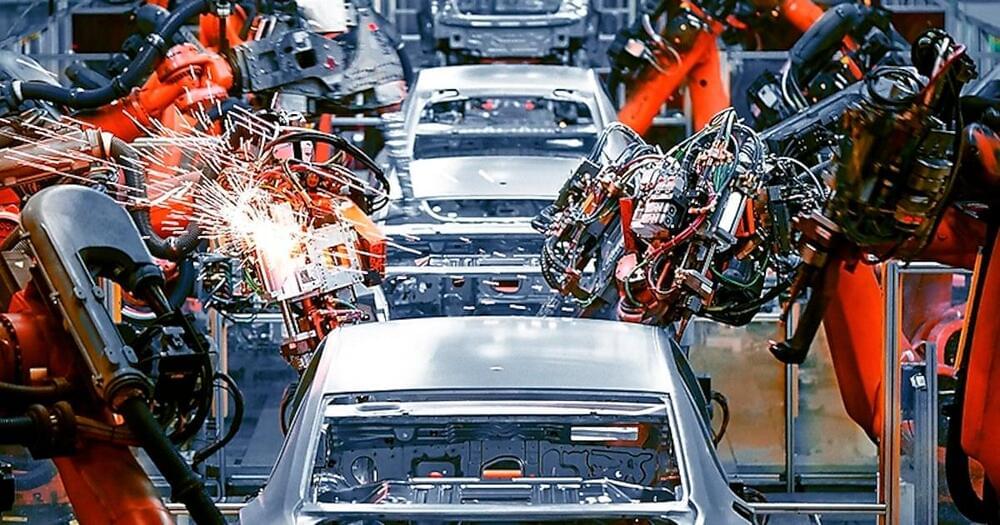

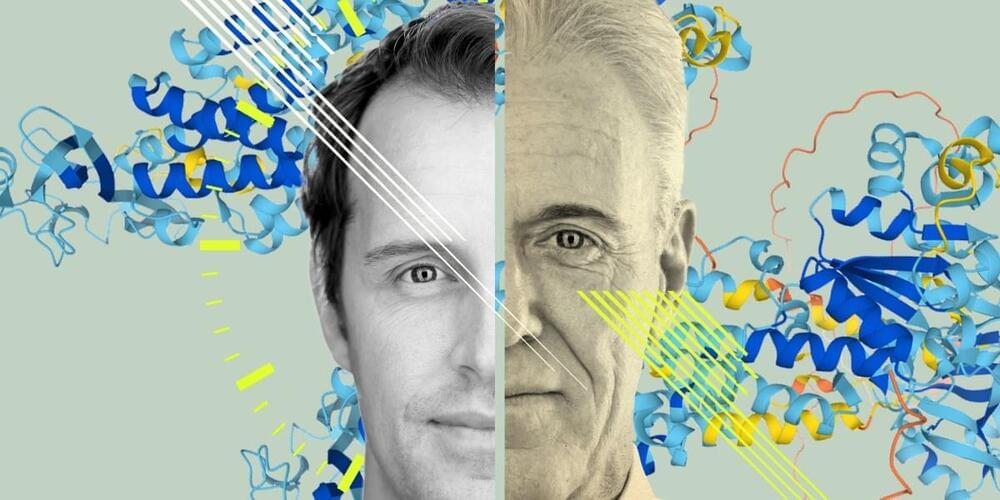
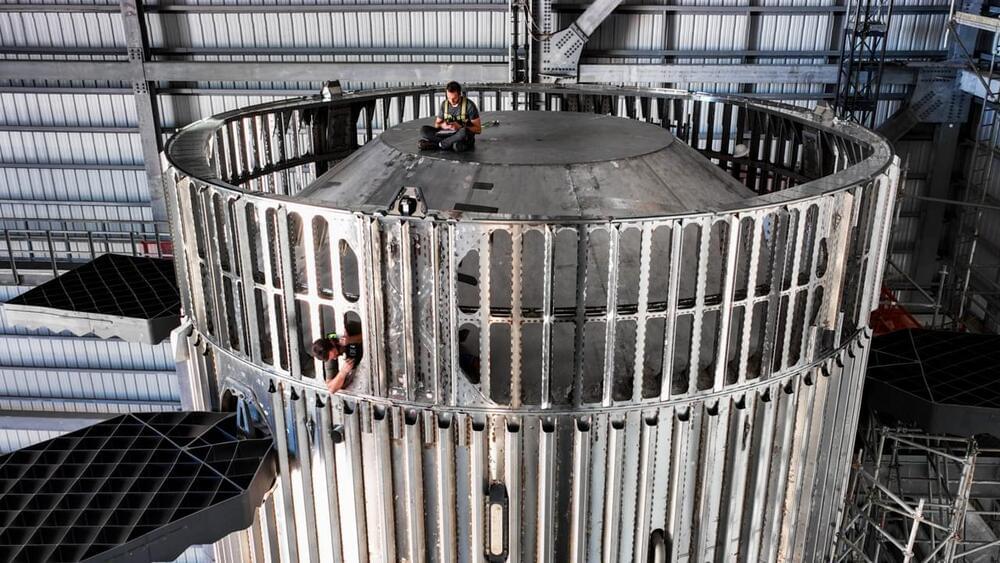
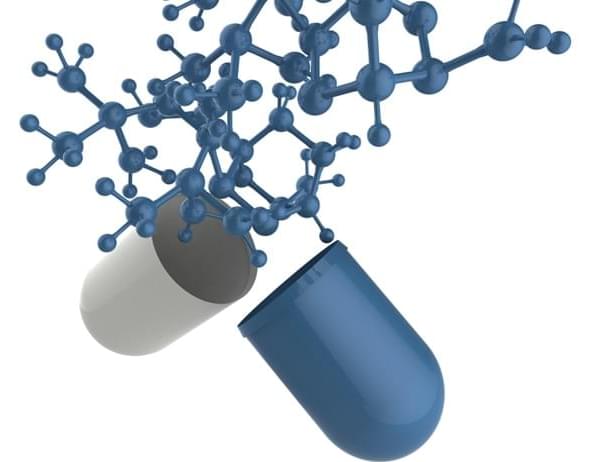


 עברית (Hebrew)
עברית (Hebrew)







